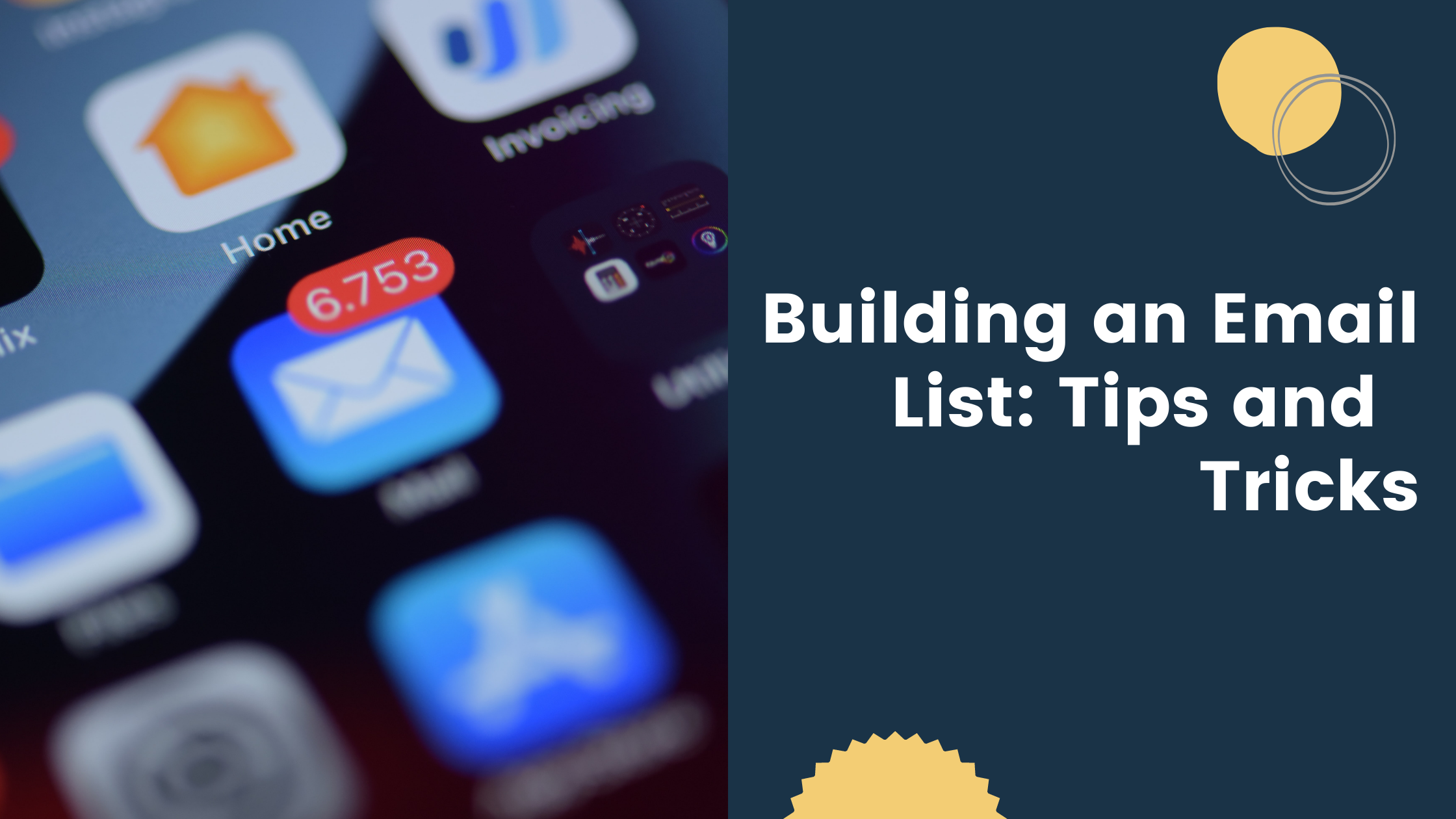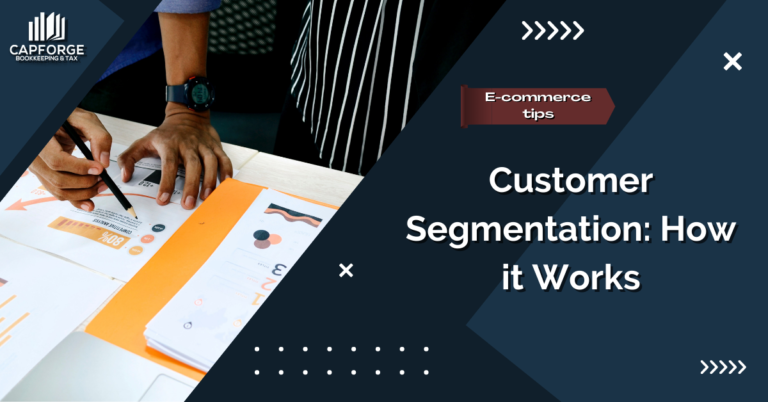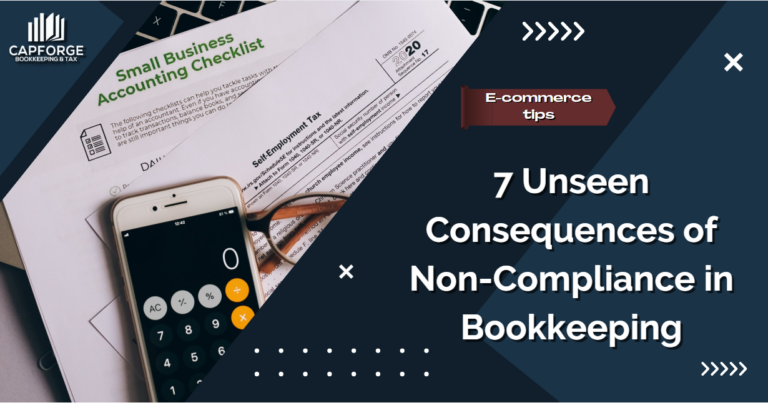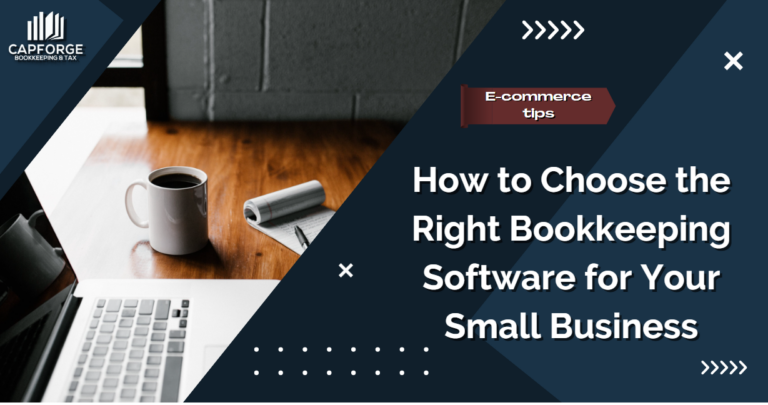Building an Email List: Tips and Tricks
Email marketing is an effective tool for generating website traffic and connecting with your target audience. According to Statista, email marketing generated $8.49 billion in revenue in 2021, and they predict the numbers to keep rising to $17.9 billion in 2027. If you haven’t built an email list for your business yet, now is the best time to start.
Nowadays, personalization is key to capturing your audience’s attention, and emails allow you to tailor your message according to the user’s interests. If you’re thinking about building an email list, but have no idea where to start, don’t worry. This guide will cover everything you need to know about building an email list to help you attract more leads to your sales pipeline.
What is an email list?
As the name suggests, an email list contains the email addresses of people that subscribe to your newsletters. Digital marketers use email lists to advertise products, offer promotional discounts, send curated content, etc.
Why build an email list, you may ask? Because people that subscribe to your newsletter are highly interested in what your brand has to offer. Thus, it makes perfect sense to cater to leads you can convert into regular customers.
Why should you build an email list?
Email lists exhibit certain characteristics that other communication channels like Facebook or Instagram don’t, and these are:
1. Emails stand out more than messages
There’s a reason why email marketing works: it stands out in your customer’s inbox. Emails are more direct than social media messages because you can create personalized content. Unlike social media, where people receive hundreds of messages per day, your emails are more likely to stand out and get noticed by your subscribers.
2. Subscribers show strong interest in your brand
Picture this: a prospect visits your website, and they take the time to fill up a form and subscribe to your email list. That alone shows that the user is interested in your brand’s offerings. It’s easier to convert leads that are open to communicating with you, hence why email lists effectively drive sales to your business.
3. Email lists help build customer relationships
Building an email list is an essential strategy for businesses because it helps build customer relationships. Unlike other forms of media, people consume emails quite differently. The more you tailor your emails to your audience’s interests, the stronger the relationships you build with them.
You’re not just a status update or a private message that gets disregarded over time; you’re an email that sits in a person’s inbox until they decide to read it.
4. You have full control of your email list
Email lists are one of the most effective ways to reach your target audience because you’re not bound to the constraints of advertisements or search engines. Google constantly updates its algorithms, and if you’re not regularly updating your ads or SEO efforts, you may be leaving traffic on the table.
With an email list, you’re in full control of how you plan on using that list. You can update customers when a new product comes out, share the latest promos and discounts, and keep them informed on what’s going on with your business. It’s up to you how you plan on communicating with your target audience and how to maximize the email list you’ve built.
5. Email lists forge trust with your customers
Aside from building customer relationships, email lists forge the trust factor between you and the user. People read emails from the privacy of their inbox, and it’s this privacy makes them feel comfortable consuming your messages compared to other platforms.
Because they feel part of a private conversation, users can confidently ask about your brand and its offerings, helping to build the trust factor even more.
Four strategies for building an email list
Now that you know the importance of email lists let’s tackle how you can build one for your businesses. Marketers use a combination of list-building strategies to secure as much information from their audience as possible. Here are four powerful ways to build your email list:
1. Embedded forms
Embedded forms are the most common list-building strategies businesses use to capture information from their leads. You can find these forms on high-traffic areas on your websites like the homepage, landing page, and splash pages. Popular brands like Victoria’s Secret use an embedded form on their homepage to encourage users to signup and get instant updates on exclusive offers.
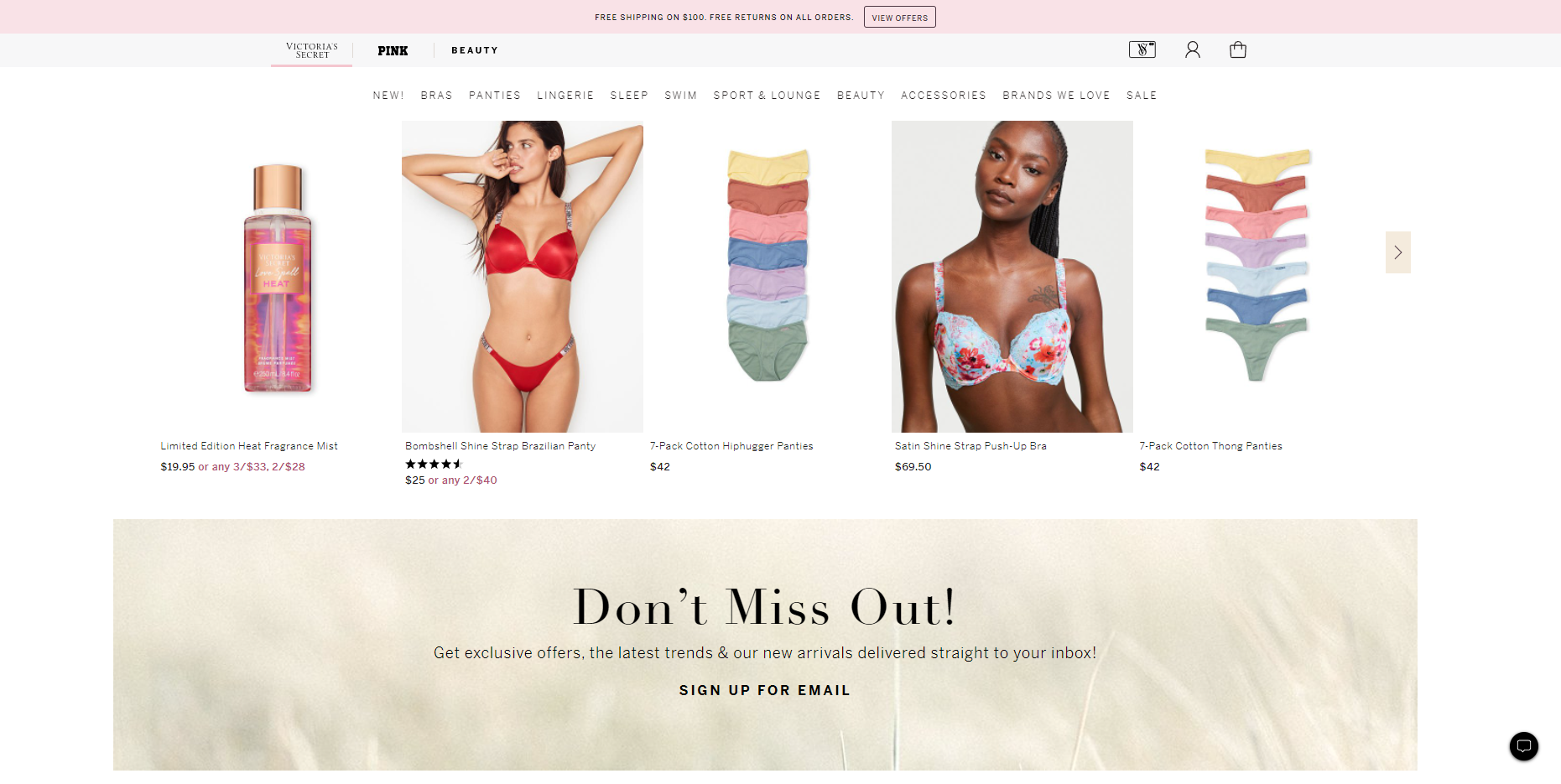
The great thing about embedded signup forms is that they’re unintrusive. Users can enter their email addresses or proceed to browse the website as normal. When paired with other email list-building strategies, your subscribers will be more receptive to your email marketing efforts.
2. Email pop-ups and overlays
You’re probably familiar with email pop-ups as they are a prominent feature on many of your favorite brand’s websites. Statistics indicate that the conversion rate of pop-ups is around 3.09%, making them a viable option for growing your email list.
There are many different pop-ups and overlays, like promotional pop-ups that highlight a special deal or exit intent pop-ups that create a sense of urgency for the user. But perhaps the most frequently used pop-up is the welcome pop-up which appears immediately after the user lands on a page.
To maximize the effectiveness of welcome pop-ups, you need to pair them with a strong call-to-action button (CTA). You want to make sure that your CTA uses command verbs and that the design elements are as simple as possible.
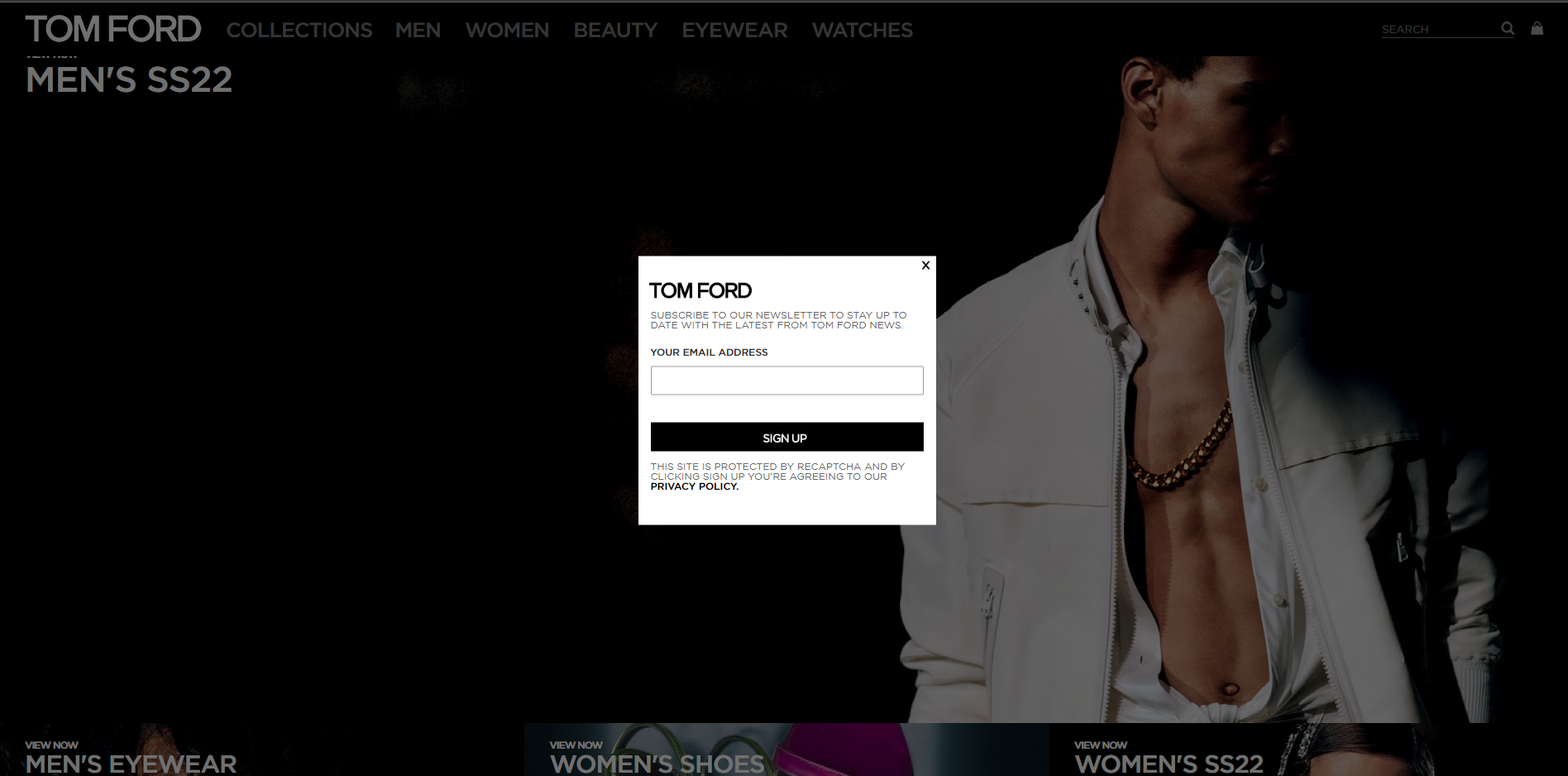
A good example of this is the luxury fashion house Tom Ford. Upon arriving at their home page, a welcome pop-up greets site visitors to subscribe to their email newsletter. The pop-up looks clean and simple, enabling users to sign up quickly and go on with browsing the website.
3. Squeeze pages
If you haven’t heard of squeeze pages before, don’t worry. They’re simply lead-capture pages that extract information from site visitors in exchange for a valuable offer. You’ll find squeeze pages on websites with gated content or limited-time offers to encourage users to fill in their email addresses. When used correctly, squeeze pages can help build your email list and keep site visitors interested in what you have to offer.
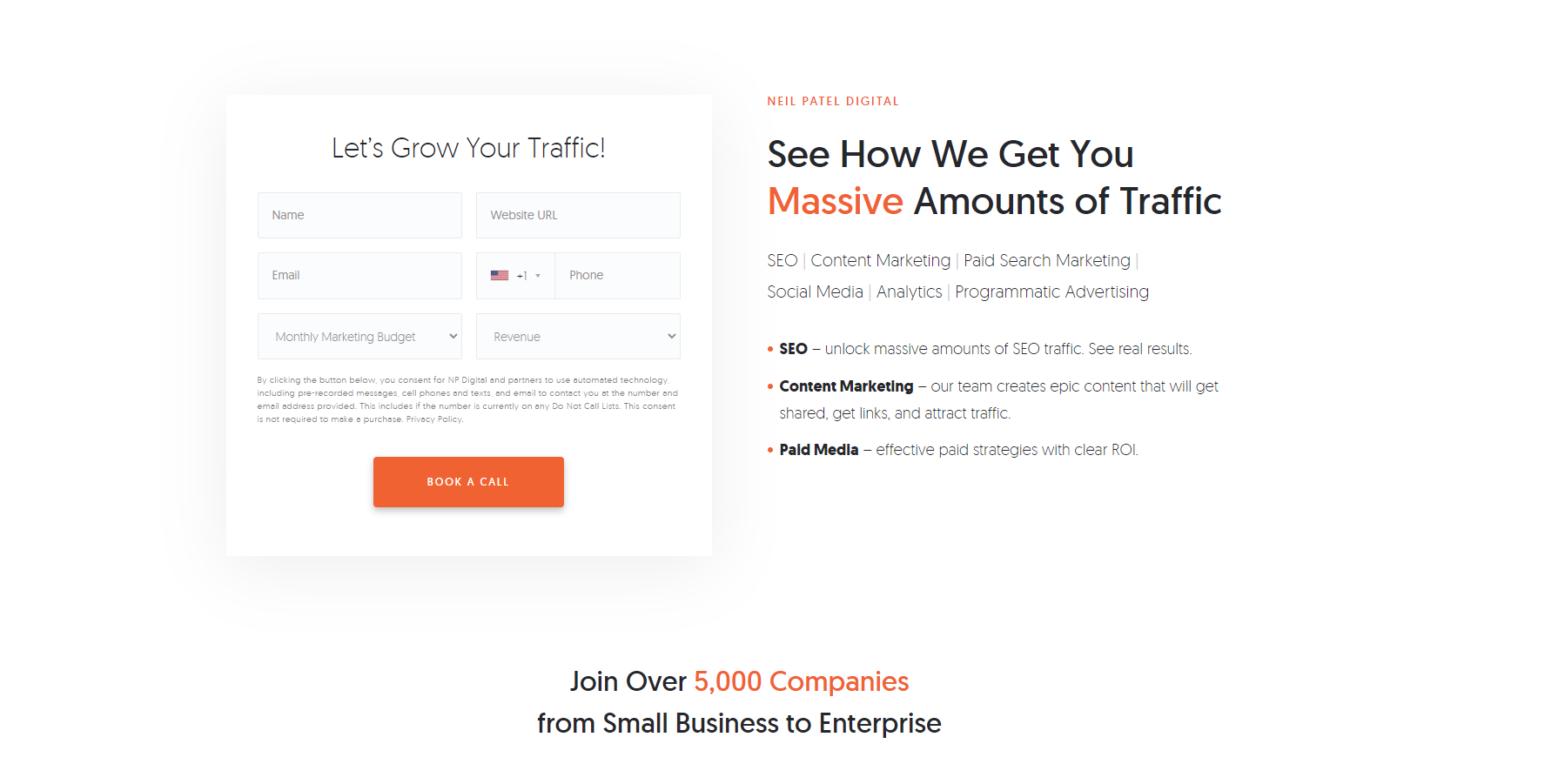
This squeeze page is a great example taken from Neil Patel’s website. As you can see, the website uses a squeeze page to obtain the user’s email address, contact number, and other important details. Once the form is complete, the user gets instant access to SEO, content marketing, and paid media strategies.
It’s a simple strategy that works brilliantly for collecting email addresses. Remember, the squeeze page has to offer something interesting to convince users to fill out the form.
4. Content access
A neat little trick to get more users to fill out your lead capture forms is through content access. It’s quite similar to how squeeze pages work, but only this time, users get access to gated content by providing their email addresses.
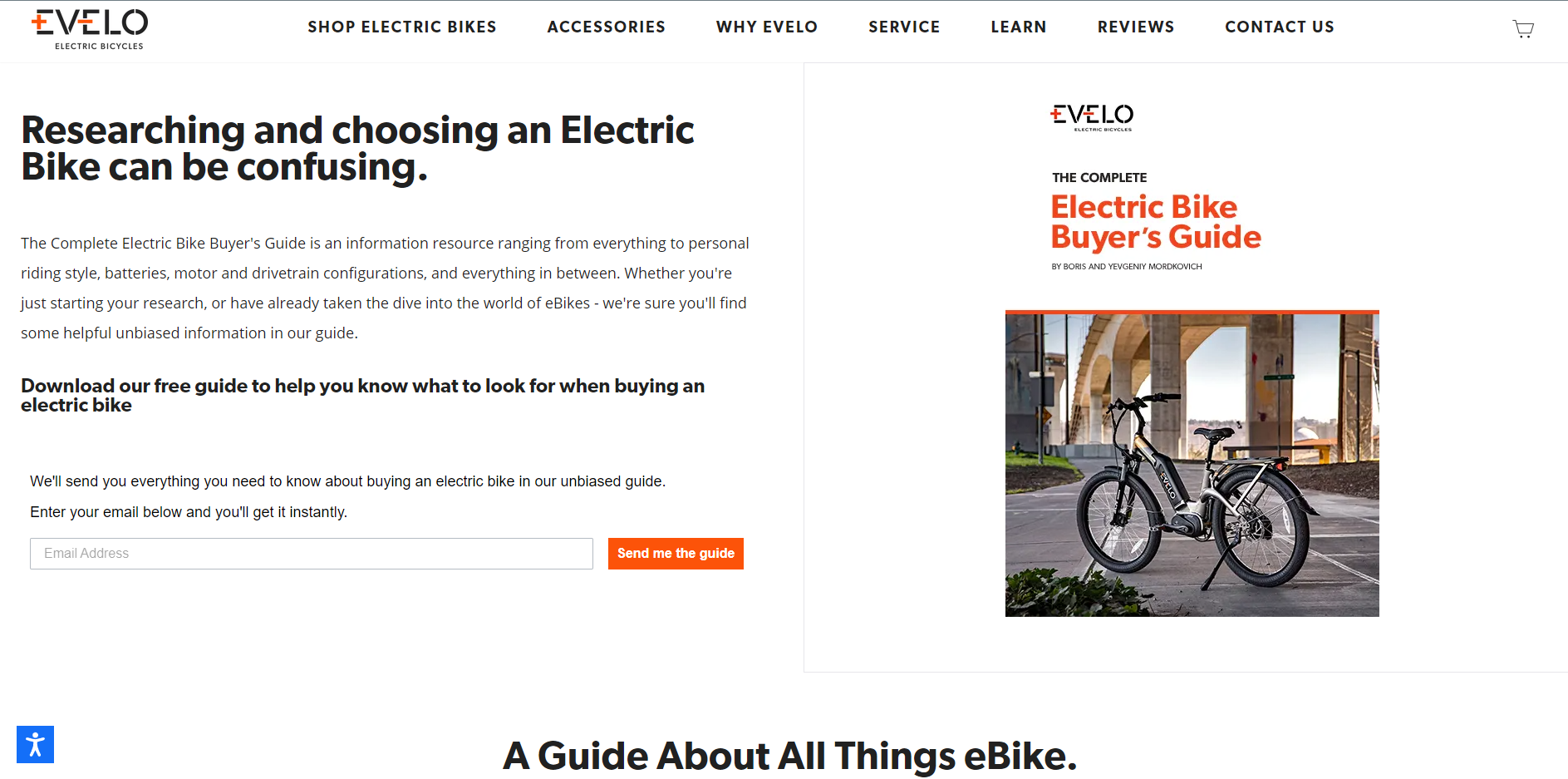
Relevant, accurate content is highly valuable to site visitors, especially if they want to learn more about a particular subject. In this case, the website EVELO uses content access to acquire email addresses from users and give them access to the full e-bike buying guide.
Of course, EVELO integrates the content with their products to encourage users to buy from their website. Even if the user doesn’t end up purchasing an e-bike, EVELO can use the email address to nurture them as future customers. When they make a purchase decision, they can come back to EVELO, and the brand can secure a sale.
Conclusion
Building an email list requires careful planning and execution. Armed with the information you need, you can now implement these tips and strategies to elevate your email marketing game. When paired with other marketing methods, you can continue to generate leads for your business and connect deeper with your target audience.
Proper bookkeeping is crucial to monitoring the financial performance of your company. For expert bookkeeping services, our team is ready to assist you. Feel free to fill out the form below, and we’ll get back to you as soon as possible.


